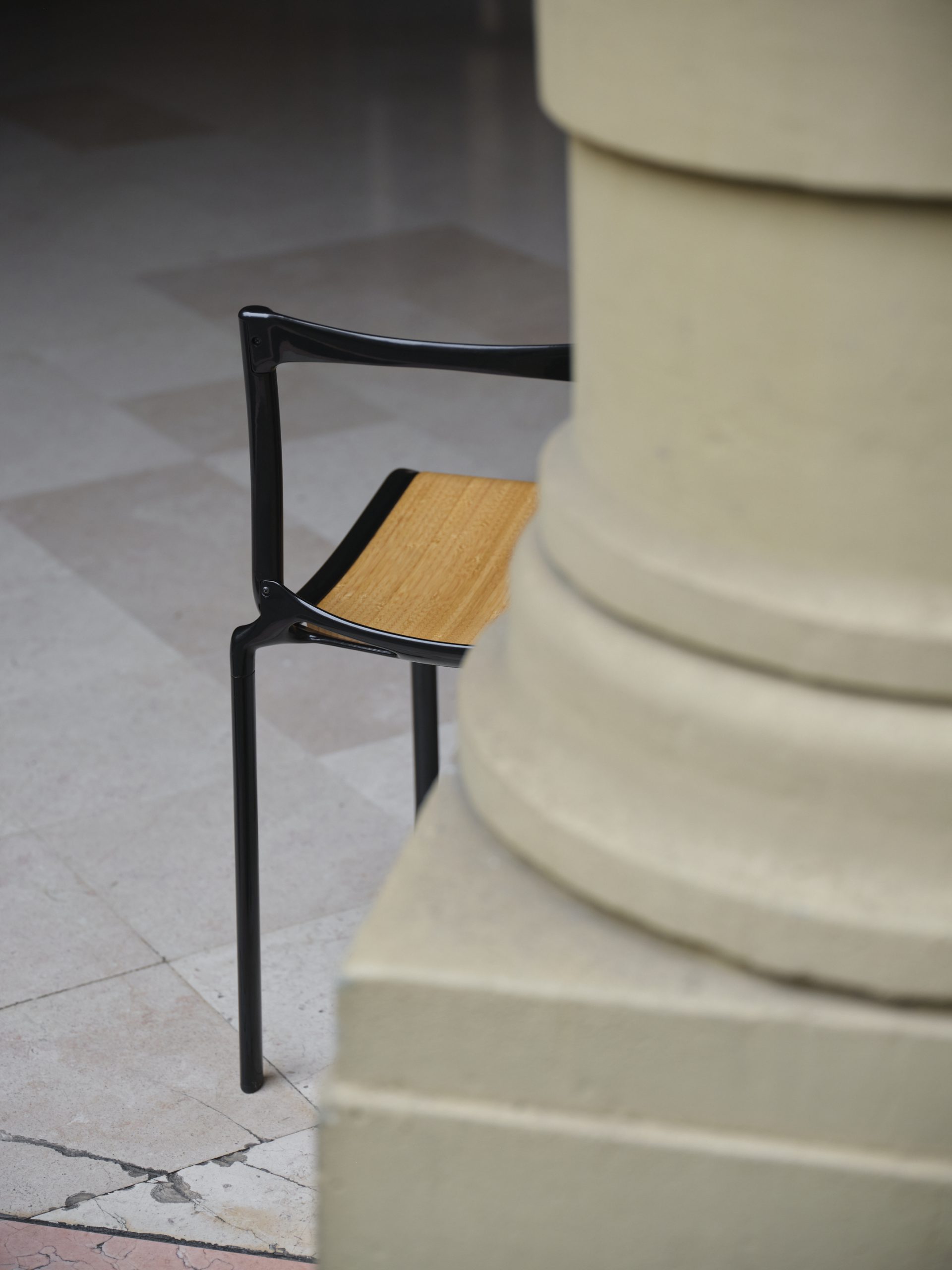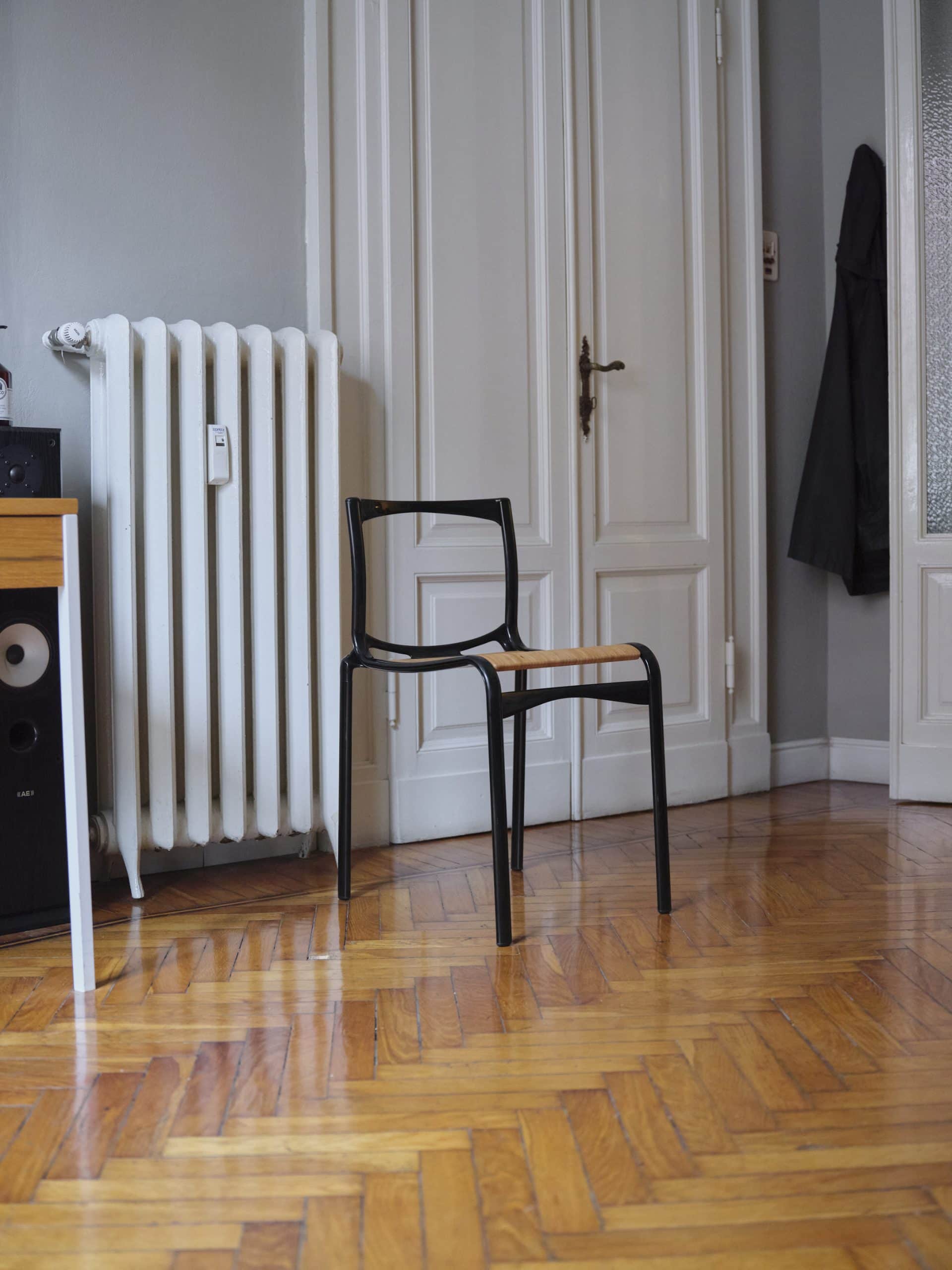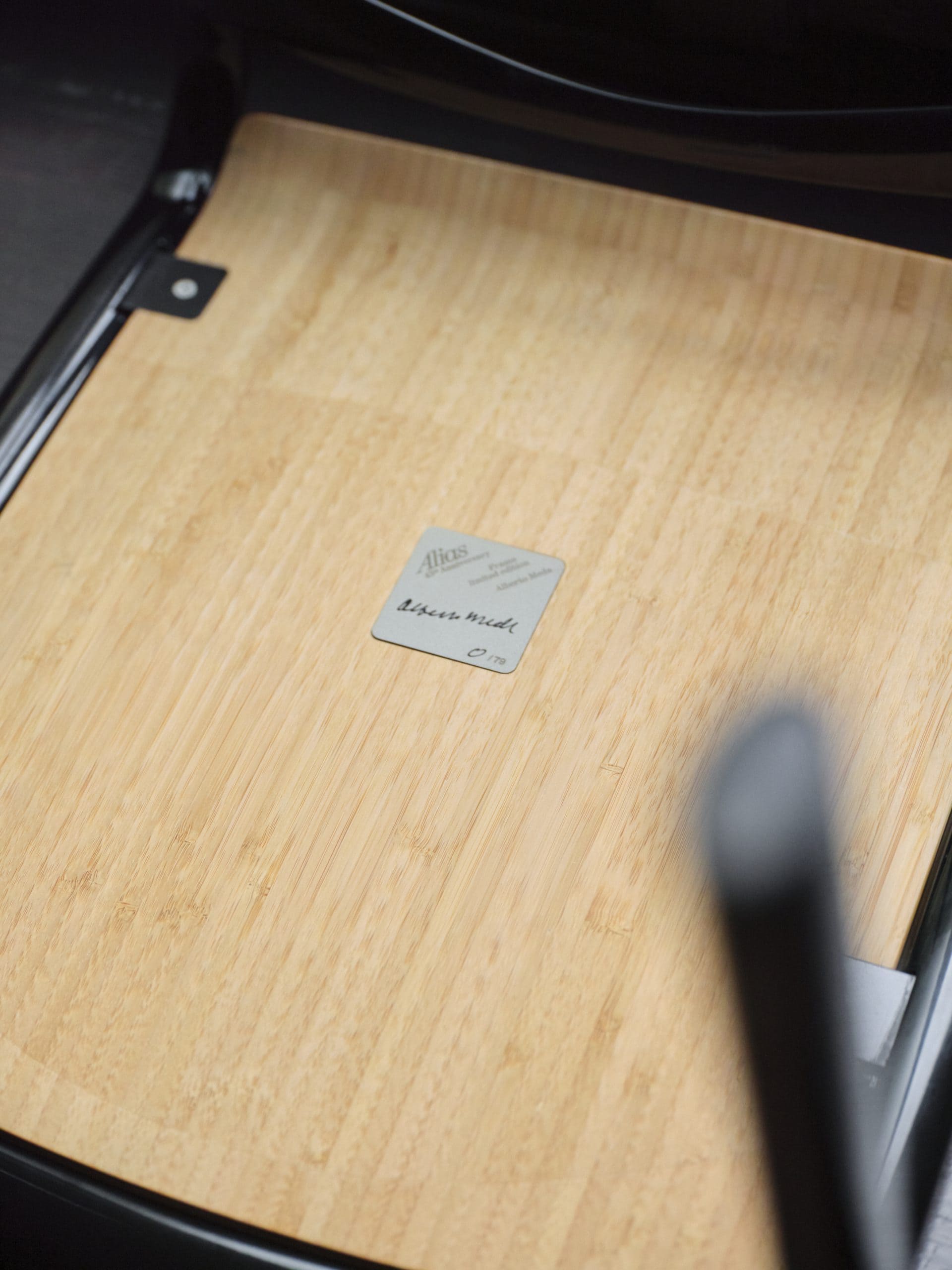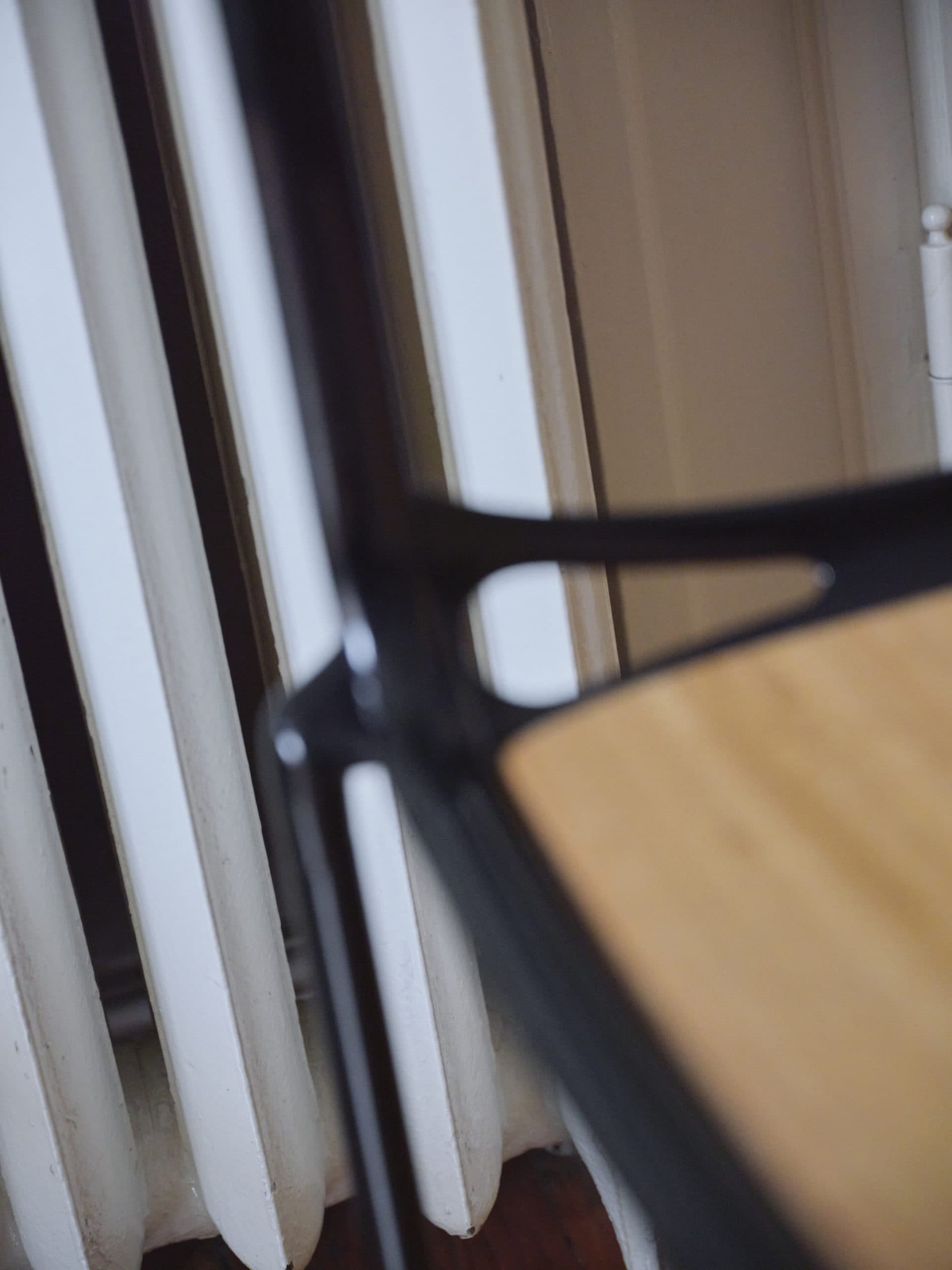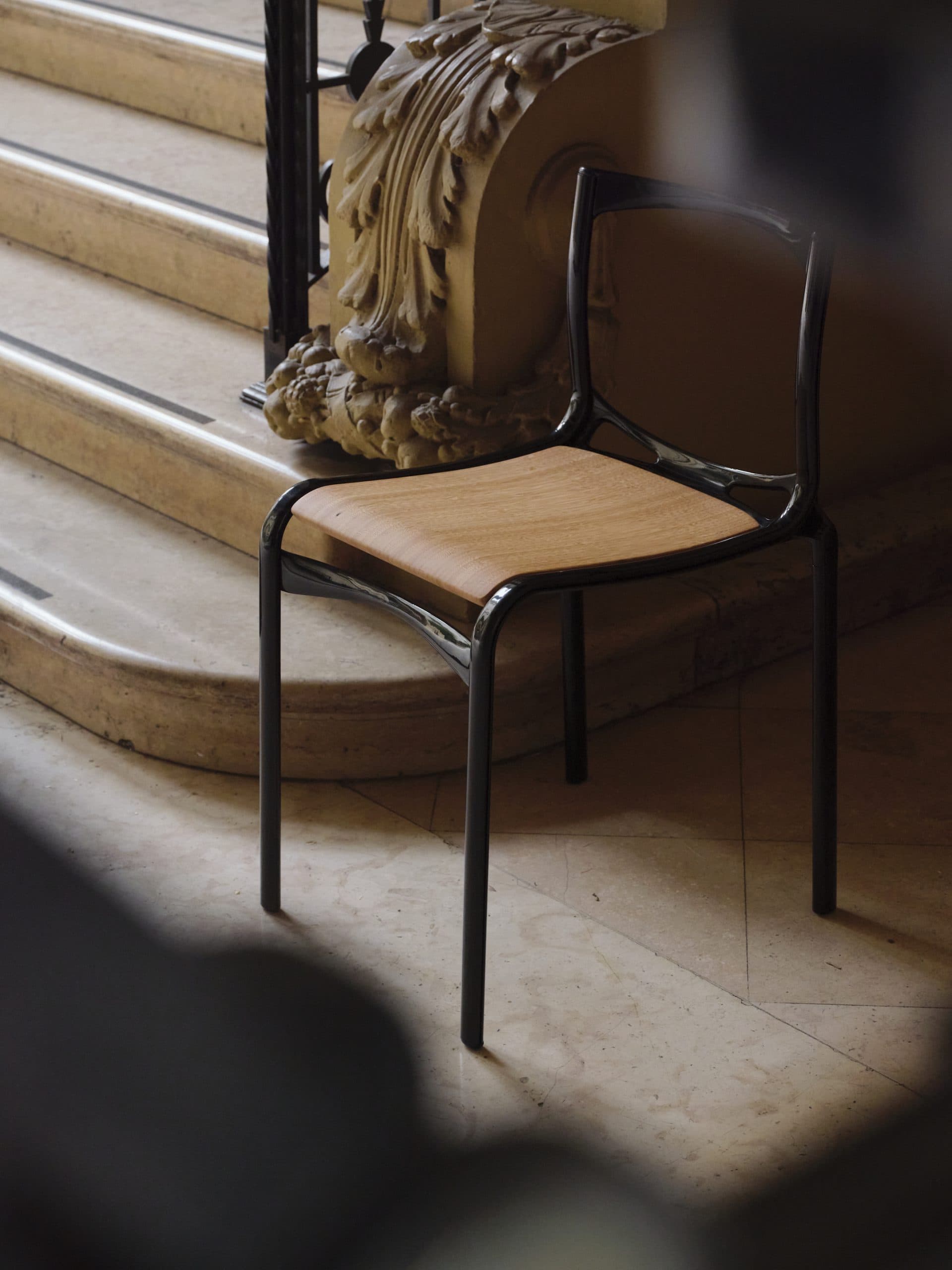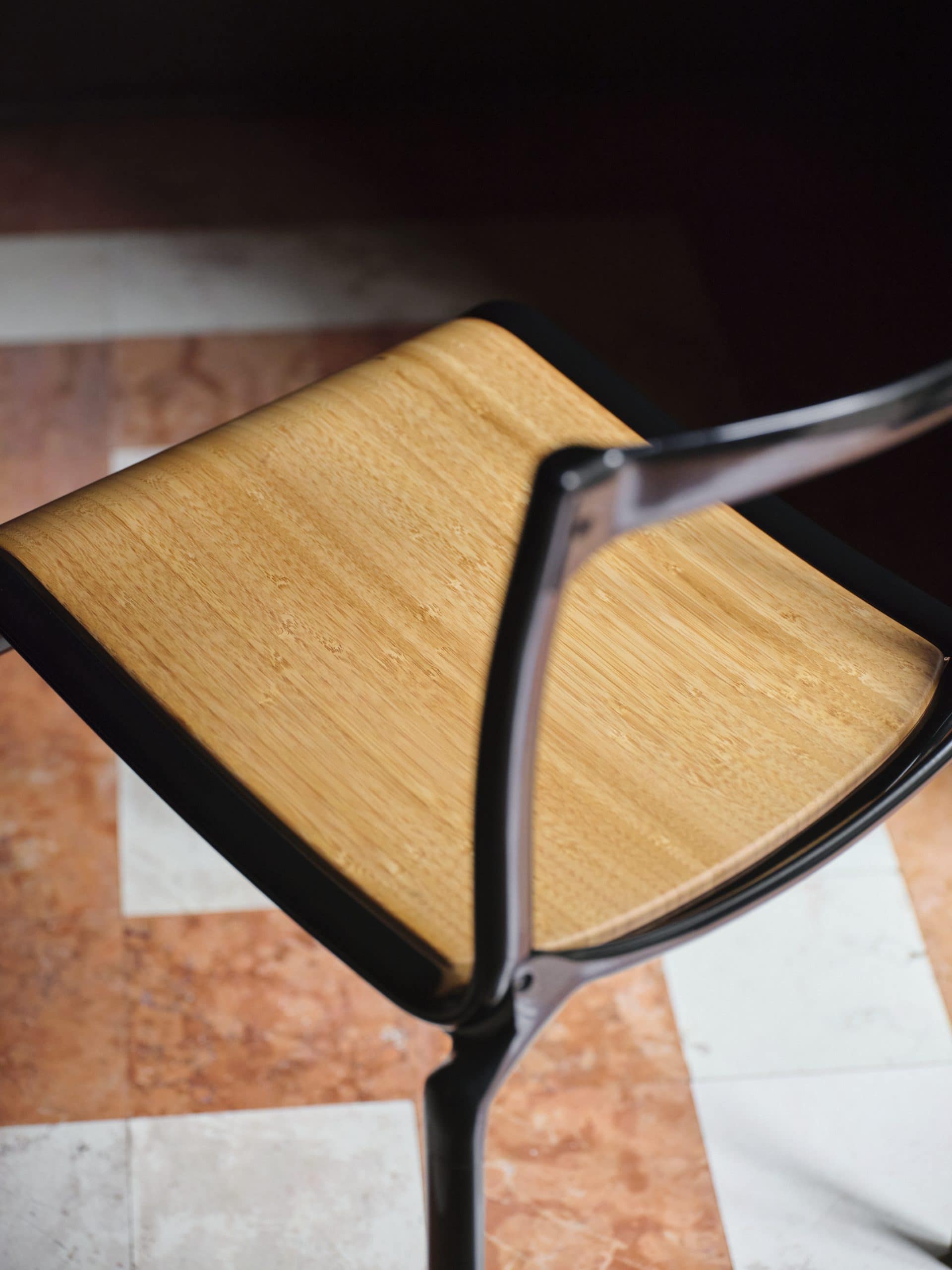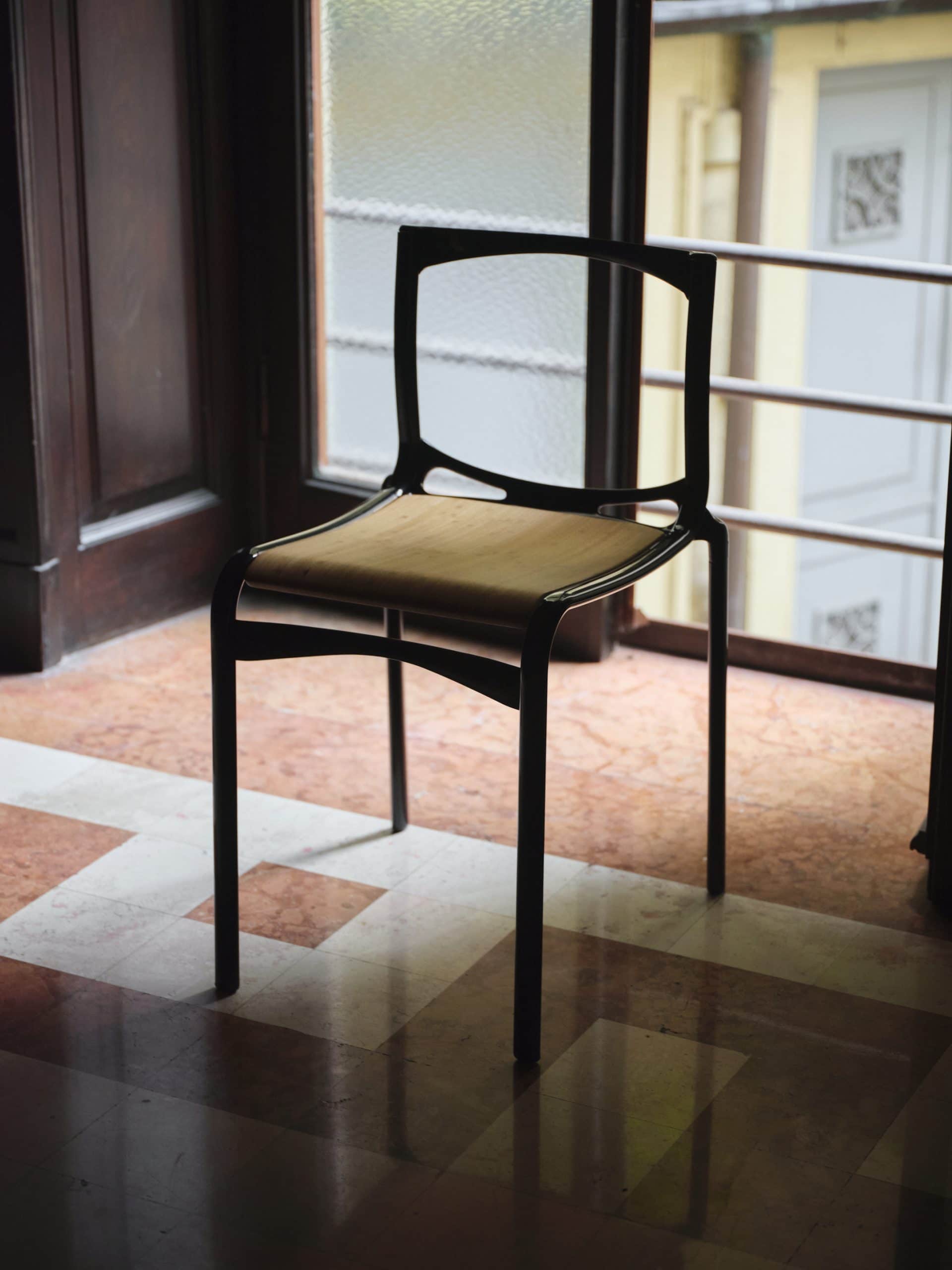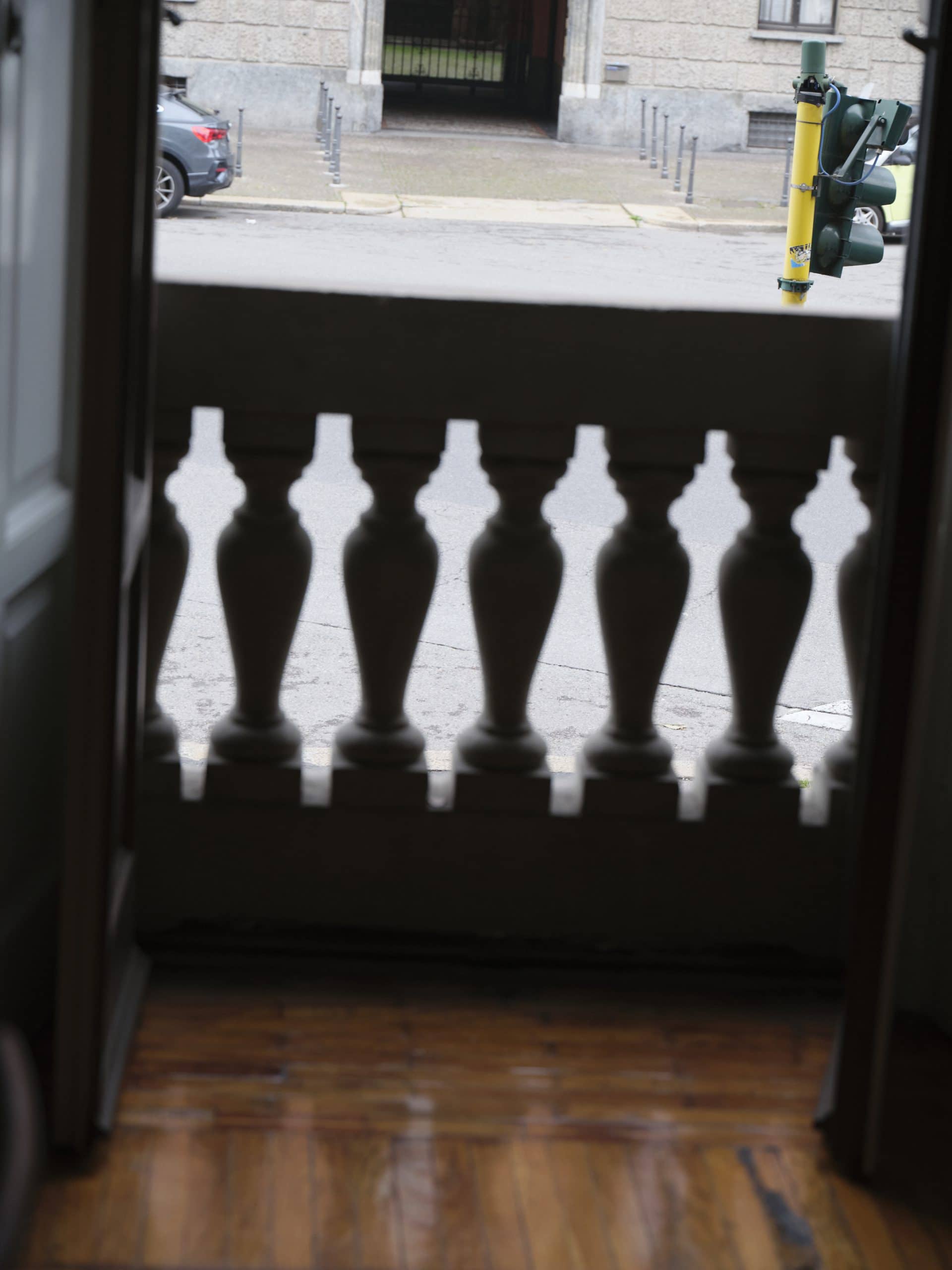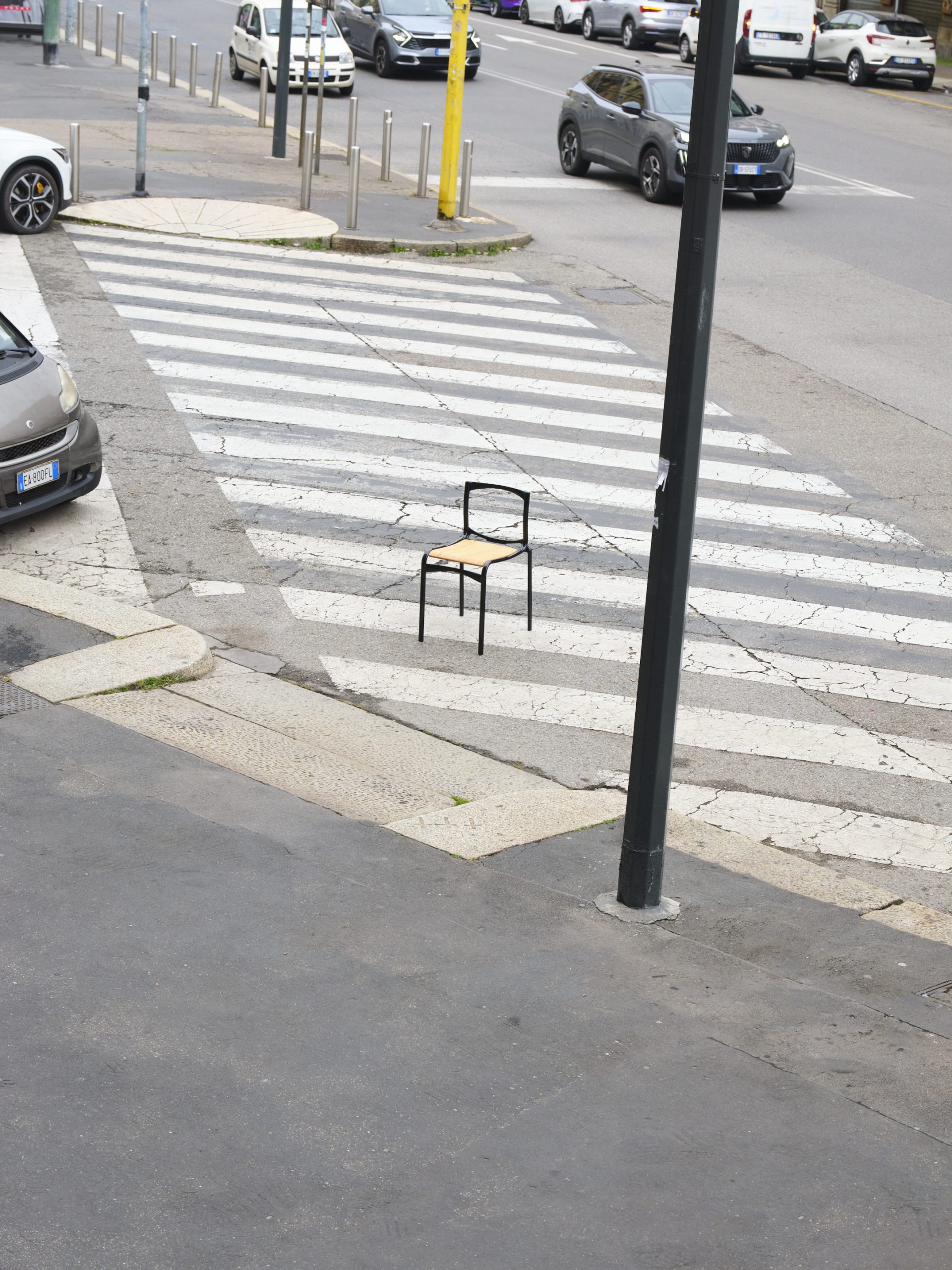1991 was a pivotal year, marked by sweeping geopolitical shifts and technological advancements. The collapse of a long-standing entrenched political structure and the rise of new digital paradigms reshaped computing, communication, and material processing. These changes subsequently influenced the design field. Design, often a reflection or at least a response to its context, adapted to these changes, embodying the era’s dynamic energy in its forms and functions. Italian designer Alberto Meda, a leading figure in this evolution, collaborated with the experimental design company Alias exploring new materials such as extruded aluminum, die-cast components, and lightweight plastic meshes for furniture. As Alias celebrates its 45th anniversary this month, Meda’s Frame chair collection (1991) remains a design classic today.
Ibrahim Kombarji: You wear many hats that influence one another—a mechanical engineer graduate, a previous technical manager, an industrial designer, and an educator. How do these diverse experiences shape the core manifesto or ethos of your practice?
Alberto Meda: I believe design is inherently complex, with no single privileged approach. My work blends the technical expertise I have gained over the years with a desire for simplicity. I see technique and aesthetics as inseparable—they must coexist. In my case, the attempt of my practice is to create a scenario of simplicity to satisfy an almost physiological need to surround oneself with simple objects.This is why contact with the scientific world is essential—an idea must rely on physicality to take shape, and technology (the meeting point between science and technique) and new materials represent the ever-evolving palette of physical possibilities. Paradoxically, the more complex technology becomes, the more it enables the creation of simple objects with a unified, almost organic image, tending toward function integration and component reduction (as seen with plastics or cast metals).
IK: Throughout your career, you have collaborated with iconic design companies like Vitra, Alias, and Olivetti. How do these collaborations usually begin?
AM: I have been fortunate in my relationships with clients, as many of these collaborations have been built on shared ideas and values. A good relationship is fundamental to generating good ideas. My partnership with Alias for instance, started in 1987 with a research project on using composite materials—carbon fiber and Nomex honeycomb sandwich structures—in a domestic setting, which are typically reserved for aerospace applications. It was a fascinating research project but an industrial flop. This led to the creation of the LightLight chair, where I aimed to distribute the material “intelligently,” using it as sparingly as possible, thinning out the sections to achieve performance not just in terms of physical lightness, but also visually by minimizing bulk. I wasn’t aiming for a record in lightness—it makes no sense for a chair—but unknowingly, I created a surprise effect: when you lift it, it feels weightless, and when you sit down, you don’t believe it can support you. I thus discovered an aesthetic dimension of the “limit condition.” After producing 50 units, we decided to stop due to the high cost, so instead of ending up in homes, it ended up in museums! But it gave visibility to both Alias and myself. To make up for the flop, I thought of a solution for a seating system, the Frame series, which integrated two aluminum technologies: die-casting and extrusion. The structure is created by tensioning a fabric inserted into the extruded side profiles, which in some places seamlessly accommodate the die-cast pieces (acting as struts). The construction solution of the Frame chair extended into a range of types, creating an unexpected catalog. It was the commercial requests that led me, time after time, to find solutions consistent with the original idea and with the company’s image, which is very open to experimentation and innovation.
IK: Experimentation and technology play a central role in your work. In its etymological sense, “technology” is techne (art and skill) and logia (study), emphasizing the application of knowledge in practical ways. How does this concept inform your design process?
AM: Technology offers freedom, but it also comes with constraints. The choice is free, but once made, we must respect the limitations it imposes. It’s as if technology and its aesthetics have an “ethical” side that we must honor. Simplicity is the result of a long process of gradually untangling the complexity. The goal is to achieve objects with a simple image, because my focus is not on formal appearance but on the “relationships” between the components and between the objects and their users. It’s the knowledge contained within the material that inspires an idea. It’s about recognizing, applying, and revealing its intelligence. I think that the pursuit of simple solutions, with a design that doesn’t “scream,” lays the foundation for creating timeless objects—less influenced by trends and more respectful of the environment.
IK: The Frame chair series is very versatile, easily adapting to various environments—especially if we think of how we now balance work and life within the same domestic/office space. Design is a complex entanglement of context, involving material, technology, aesthetics, and personal reflection. But in a hypothetical exercise, if you were to redesign the Frame chair today, would you approach it differently?
AM: From the start, I saw the Frame chair as a versatile piece. With what I have learned since, I would probably create a more dynamic seat with a greater degree of freedom, able to follow the body’s movements.
IK: Designers like Marcel Breuer found inspiration in unconventional sources, a bicycle in the case of the classic Wassily chair (1925). Are there any historical designs or personal experiences that have influenced your work?
AM: I believe I owe a debt to the Eames for their exploration of tension and lightness, which also marked their work.
IK: Given the challenges of today’s world, what do you think is a designer’s primary responsibility and how can we as designers respond to these changes?
AM: Today, designers carry a greater responsibility as they are involved in companies’ strategic decisions. They must interpret the context in which they operate and guide industrial decisions toward developments that are “non-damaging.” Designers must exercise critical thinking, rejecting meaningless, unnecessary products—gadgets that only generate waste and degrade culture and the environment.
